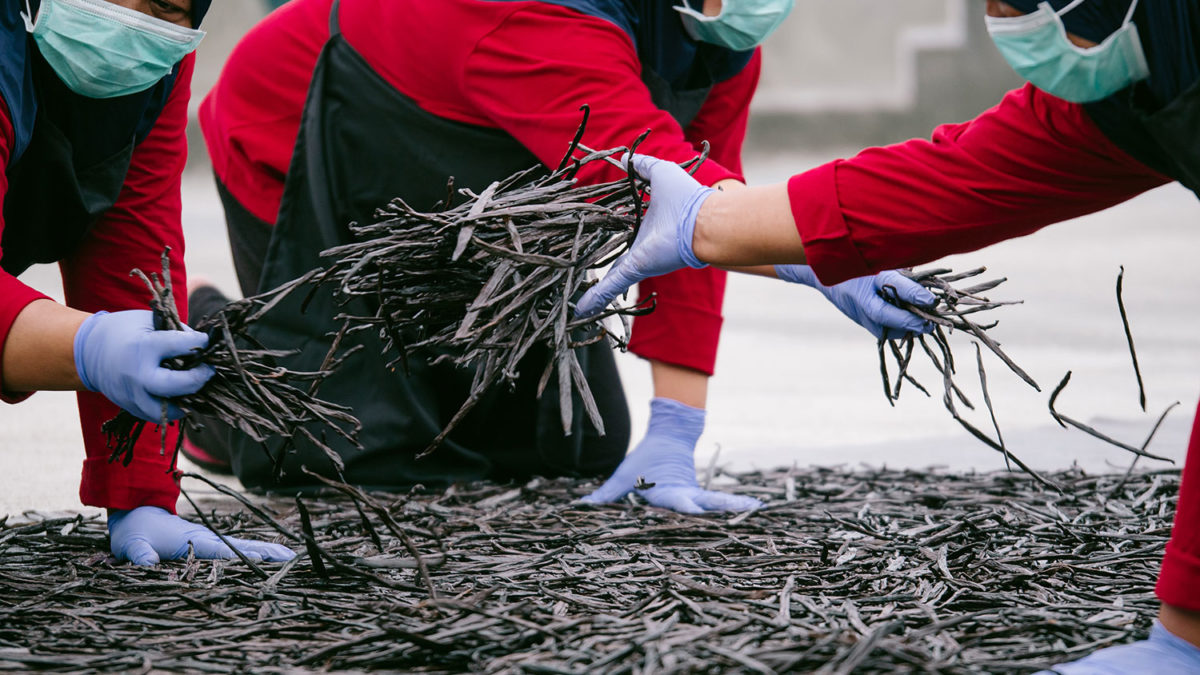Indonesian Vanilla Bean Source


The current situation of the Vanilla market in Indonesia hasn’t changed much since last years’ crop. Not with standing the fact that the crop for Vanilla Planifolia is bigger this year, it is still very common to pick up the immature beans. In some Indonesian vanilla beans source areas (Flores island for instance) farmers started to pick up the beans in late January early February, though the polinisation season in Indonesia usually starts in September – with the biggest amount of flowering in October and November – and finishes in December. This leads to a very awful quality of the beans, resulting in 0 vanillin content, 0 fungus stability and overall quality is worse than it could be imagined.
Nevertheless in some areas in eastern parts of Indonesia and in the island of Sulawesi some farmers managed to keep the beans until May, early June. This year we tried to create a community of the farmers in one region in Nusa Tenggara area, helping them with the some needs and explaining to them how to do the proper looping and how to fight against fusarium, but unfortunately due to the huge amount of “wild traders and buyers” and a vast amount of stealing of the vanilla beans from the plantations they couldn’t keep the harvest until the end of June, when the majority of the beans will be well matured. In addition to that it is very important to mention that the huge amount of traders resulted in so called “price bombing” thus resulting in vast price speculations. At the moment the price for well matured green-yellow beans reaches 63 USD/kg in some areas.
Another big problem for the planifolia vanilla in Indonesia is the way some suppliers process it missing several main steps that results in an inadequate quality in addition to premature beans. Apart from being said above we still do believe that in the next year the crop for planifolia will constantly getting higher. Due to the incredibly high prices many farmers across Indonesia started to plant vanilla vines 2 years ago and now we predict that the first harvest should be picked up next year. Still we going to help the community of farmers in Nusa Tenggara area with the polinisation and providing them with necessary things and we do hope that next year will be more successful to us in terms of harvesting and processing Indonesian vanilla planifolia beans. Regarding to that the main business for processing vanilla now in Indonesia is the finishing process for the Papua and PNG tahitensis variety (sorting, in shed curing and conditioning). Although many suppliers in Indonesia claim that the vanilla they got from PNG is planifolia we still (as well as many of clients) consider it to be tahitensis though there are certain portion of planifolia represented in the batches. Unfortunately no one can control that, due to that the beans have been mixed by the farmers themselves.